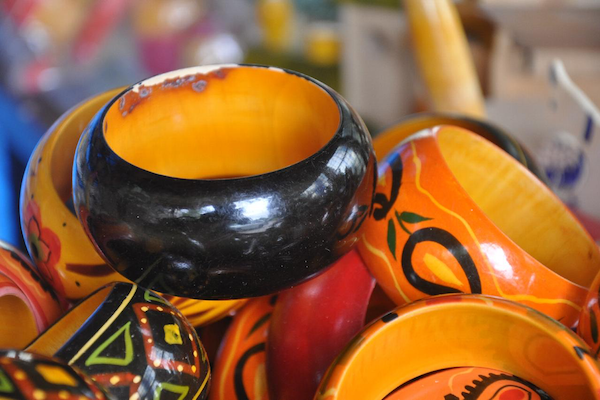“You get that satisfaction when you see your product transform from the raw wood to the final shape, like them taking the first footsteps, then getting shapes, then making their initial forays into the market, and finally, you have to sell them. It’s like holding their hands through this whole process and then giving them away.” – Artisan in Channapatna
In a recent study, I investigated how wood and lacquerware artisans set their prices in an isolated handicraft town in southern India called Channapatna. I conducted eight months of ethnographic fieldwork and an audit study where trained buyers were sent to purchase a standardized product.
I found that artisans offered certain buyers significant discounts (up to 50%) for their products. These discounts were puzzlingly offered to precisely those buyers who were willing to pay more for the products, such as foreigners.
This behavior cannot be understood through financial motivations alone. Artisans produce and sell in anonymity, lack branding, and the isolation of the town implies that each sale is treated as a one-time transaction, ruling out reputational incentives. The fact that these artisans are extremely poor with no savings or alternative sources of income makes this case even more stark.
I find that creative producers like artisans develop a deep connection with their work in the process of hand-crafting their artisanal products. Artisans care about the welfare of their creative output even beyond the point of sale, which motivates their preference to transact with discerning buyers who will care for their products.
Love for their hand-crafted products takes precedence over monetary compensation. Artisans offer lower prices to discerning buyers even when those buyers might be willing to pay more.
In this way, the artisans’ identification with their work has a significant impact on work practices and economic decision-making, even in the face of competing financial incentives that typically inform our understandings of work. Identification with work means a deep commitment to the work process and enjoyment of the creative elements of work, which can manifest in love for one’s creative output and treating each product like one’s child.
The key distinguishing aspect of identification with work is that it is internally driven, stemming organically from the process of engaging closely with work tasks, in contrast to externally anchored motivations like money or reputation.
Although the focus here is on pricing behavior, one could reasonably expect identification with work to influence other, more complex economic outcomes too. Beyond the narrowly defined creative industries, almost all occupations have some elements of creativity. It seems reasonable to expect that workers in a wide range of non-artistic jobs also identify with their work, to varying degrees, and will be influenced by this attachment to their work in their workplace decisions.
Do people work for love or for money?
On the one hand, work can be labor, sold for a wage with ends external to the work situation. On the other hand, work can be a human activity that expresses creative achievement and offers self-fulfillment.
The latter view based on the romantic notion of identification with work is attractive for its elevation of work to more than an instrumental market exchange. In line with this view, my research shows that identification with work has a significant impact on the organization of economic activity.
Read more
Aruna Ranganathan, “The Artisan and His Audience: Identification with Work and Price Setting in a Handicraft Cluster in Southern India,” Administrative Science Quarterly 2017.
Image: Hari Prasad Nadiq via Wikimedia Commons


No Comments